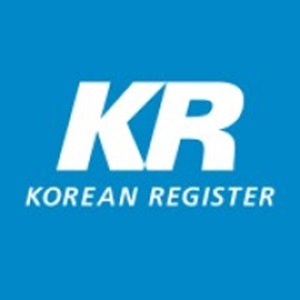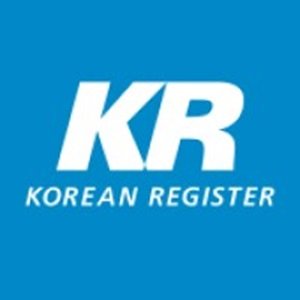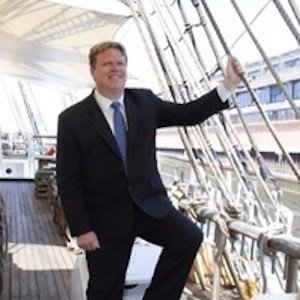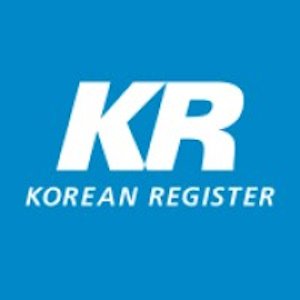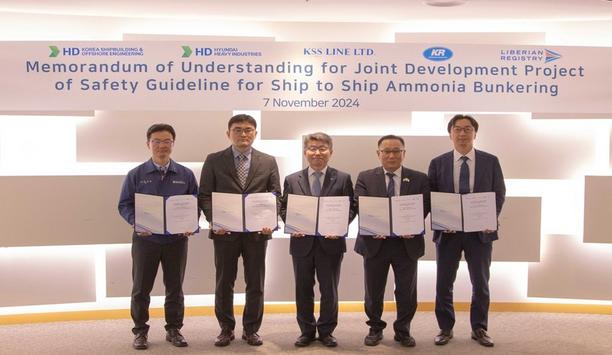Korean Register (KR) - Experts & Thought Leaders
Latest Korean Register (KR) news & announcements
KR (Korean Register) has released the latest edition of KR-CON, version 23, a comprehensive digital database encompassing nearly all International Maritime Organization (IMO) instruments. KR-CON has been widely used by maritime professionals and government agencies worldwide since its launch in 2000, providing easy access to IMO documents on both PC and mobile devices. Its widespread adoption highlights its convenience and technological excellence as one of KR’s flagship services. Future amendments and new documents These updates include revisions to the International Convention for the SOLAS and MARPOL The 23rd edition of KR-CON incorporates amendments adopted at the 108th session of the IMO’s Maritime Safety Committee (MSC) and the 82nd session of the Marine Environment Protection Committee (MEPC) held in 2024. These updates include revisions to the International Convention for the Safety of Life at Sea (SOLAS) and the International Convention for the Prevention of Pollution from Ships (MARPOL). Future amendments and new documents will continue to be updated accordingly. Installation version of KR-CON Lee Jungkun, General Manager of KR’s Convention & Legislation Service Team who spearheaded the development of KR-CON, stated, "In this latest web installation version of KR-CON, we have enhanced user convenience by clearly displaying update dates, version information, and recently added documents. Additionally, starting in June, we plan to introduce a beta version of an AI chatbot, marking the beginning of ongoing AI-driven enhancements to KR-CON." KR-CON is now accessible via multiple platforms, including a website, a mobile application, USB, and web installation version. It offers a wealth of resources such as IMO instruments, codes, resolutions, and circulars.
KR (Korean Register) has awarded the world's first Approval in Principle (AIP) to HD KSOE for its breakthrough vacuum-insulated large-scale liquid hydrogen tank system, marking a significant advancement in clean energy transportation technology. The AIP follows the successful completion of validation tests, demonstrating the system’s feasibility and innovative design. The transition to a hydrogen-based society demands advanced technologies for the large-scale transportation and storage of hydrogen. However, the extreme cryogenic conditions required for liquid hydrogen storage at –253°C have long posed significant challenges. Key challenges by cutting-edge solutions HD KSOE united with pioneering global hydrogen industry stakeholders, including Woodside Energy and MOL HD KSOE has independently developed a vacuum-insulated liquid hydrogen tank system that addresses key challenges by introducing cutting-edge solutions. This innovative system dramatically reduces the time required to create a vacuum in large tanks, shortening the process from several months to just a few days. Last December, HD KSOE collaborated with pioneering global hydrogen industry stakeholders, including Woodside Energy, Mitsui OSK Lines (MOL), and Hyundai Glovis, to conduct rigorous validation tests. These tests marked a groundbreaking achievement as the world’s first successful demonstration of the feasibility of scaling up liquid hydrogen tanks, while dramatically reducing vacuum processing time. HD KSOE's technological excellence KR evaluated the system's compliance with domestic and international standards, confirming its effectiveness and stability and granting the AIP as a result. KIM Daeheon, Executive Vice President of KR's R&D Division, commented: "This AIP reflects HD KSOE's technological excellence and highlights the promising potential of the hydrogen industry. KR remains committed to supporting the safety and technological progress of this vital sector." Energy transition and net-zero goals KR evaluated the system's compliance with domestic and international norms, confirming its energy and stability "HD KSOE has been dedicated to providing technological solutions for large-scale energy shipping such as LNG, LPG, Ammonia, CO2, and now hydrogen," said YOO Byeongyong, Vice President at HD KSOE. "This hydrogen vacuum system solution and large-scale validation test are part of these efforts. We will continue collaborating with pioneering global companies to drive the energy transition and achieve net-zero goals." Jason Crusan, VP Energy Solutions at Woodside Energy, highlighted the significance of this achievement: "This is a key achievement which builds confidence that liquid hydrogen ships can be efficiently designed and constructed in a shipyard environment." Important step towards commercialisation Jotaro Tamura, Senior Managing Executive Officer at MOL, added: "This verification test was a major milestone in the study of transporting liquefied hydrogen, where one of the major issues was the need to increase the size of the tank, and is an important step towards commercialisation." KWON Chi-O, Vice President at Hyundai Glovis said: "Achieving this remarkable milestone as the world’s first to successfully verify tank scale-up, HD KSOE has demonstrated the dedication and innovation of the research. We hope this achievement serves as a strong foundation for future advancements in the field."
A landmark partnership to develop the safety guidelines for ship-to-ship ammonia bunkering has been established through a Memorandum of Understanding (MOU) between KR (Korean Register), HD Korea Shipbuilding & Offshore Engineering (HD KSOE), HD Hyundai Heavy Industries (HD HHI), KSS Line, and the Liberian Registry. Robust safety standards As the demand for ammonia-fuelled vessels rises, this partnership aims to establish robust safety standards for STS ammonia bunkering, an efficient method for supplying fuel to ammonia-fueled vessels. The safe bunkering of alternative fuels, like ammonia, requires rigorous risk assessment and the establishment of controlled zones. Ship-to-ship ammonia bunkering While standards for LNG and methanol bunkering have already been defined through various international industry standards, ammonia currently lacks relevant guidelines, highlighting the urgent need for the partnership’s research. To address this industry need, the five organisations involved will work together to develop standardised safety procedures that will set international benchmarks for ship-to-ship ammonia bunkering. Risk assessments KR will verify the compliance of these safety procedures and issue an Approval in Principle (AIP) certificate As part of the initiative, HD KSOE will perform risk assessments aligned with international industry standards, while HD HHI and KSS Line will utilise their expertise and experience in alternative-fuel vessels and ammonia carriers to evaluate controlled zones and safety procedures for ammonia STS bunkering. KR will verify the compliance of these safety procedures and issue an Approval in Principle (AIP) certificate. The Liberian Registry, overseeing the world’s largest registered fleet, will further review the validity of these safety procedures. Advancing ammonia fuel technology KIM Yeontae, Executive Vice President of KR’s technical division, commented, "With the expected rise in ammonia bunkering demand driven by the construction of more ammonia-fuelled vessels, this collaborative effort to establish safety standards is highly significant." KIM Yeontae adds, "Through this partnership, KR is committed to advancing ammonia fuel technology and supporting the industry’s decarbonisation efforts." Adoption of LNG STS bunkering KIM Jungsik, Managing Director of the Korea Office at the Liberian Registry, stated, "Just as we observed with the initial adoption of LNG STS bunkering, it is critical to establish regulations and procedures for ammonia as well." KIM Jungsik adds, "Our Innovation and Energy Transition team will thoroughly review the safety protocols and support the development of international standards."


